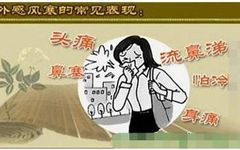
Editor: Qiao Qiao
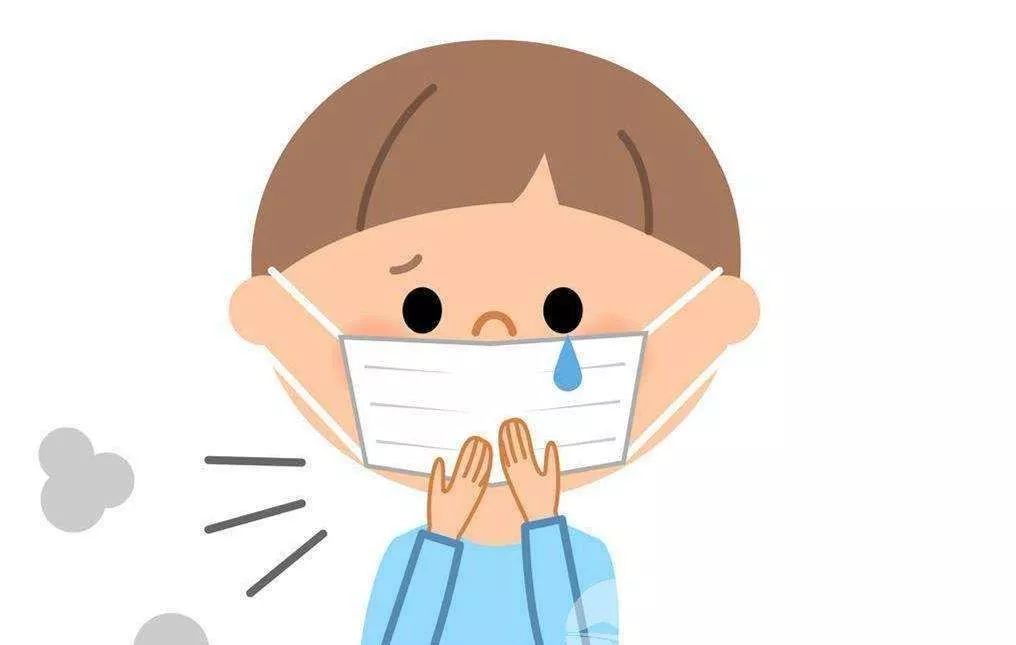
Recently, the National Influenza Center released the latest data indicating that as December begins, the influenza activity level in some provinces across China continues to rise. Many readers have reported that they have noticed people around them suffering from severe colds. However, there are several types of colds; how can one distinguish between influenza and other colds? Different colds require different treatment methods. In this article, we will introduce several types of cold symptoms and their treatment methods.In Traditional Chinese Medicine (TCM), colds are classified into five types: Wind-Cold type (风寒型感冒), Wind-Heat type (风热型感冒), Summer-Dampness type (暑湿型感冒), Seasonal Epidemic type (时行感冒), and Qi Deficiency type (体虚感冒).

Wind-Cold type (风寒感冒)

The Wind-Cold type cold is caused by the invasion of Wind and Cold, leading to disharmony in the protective Qi (卫气) and obstruction of Lung Qi (肺气). Clinical manifestations mainly include chills and fever, no sweating, headache, severe pain in limbs and joints, nasal congestion with clear nasal discharge, no thirst, cough with thin and clear phlegm, and a tongue with a thin white coating.
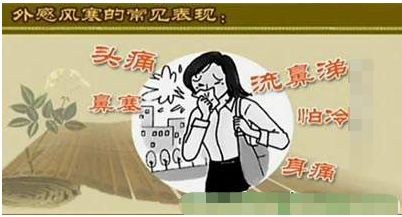
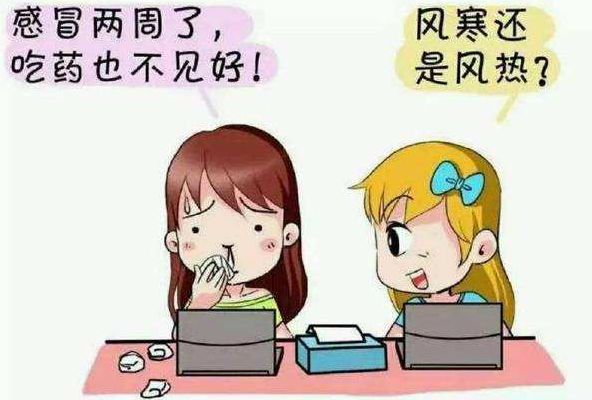
Wind-Heat type (风热型感冒)
The Wind-Heat type cold is caused by the invasion of Wind and Heat, leading to the failure of the Lung to clear and disperse. Clinical manifestations include higher fever, slight aversion to Wind and Cold, headache, thirst, nasal congestion with yellow and thick nasal discharge, swollen and painful throat, a red tongue with a thin yellow coating. The main difference between Wind-Cold and Wind-Heat colds is the presence of throat pain in Wind-Heat colds, which also features fever but less aversion to cold. In children with Wind-Heat colds, abnormal sounds may be heard in the throat during breathing or crying.
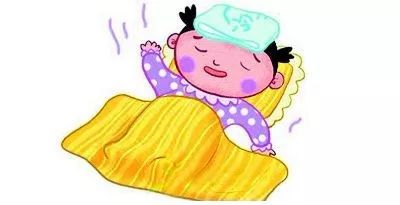
Summer-Dampness type (暑湿型感冒)
The Summer-Dampness type cold, also known as the Gastrointestinal type cold, mainly occurs in summer when the weather is hot and humid, often exacerbated by air conditioning or cold winds. Symptoms include aversion to cold, runny nose, fever, sore throat, body aches, and gastrointestinal symptoms such as nausea, vomiting, loss of appetite, abdominal bloating, and pain.
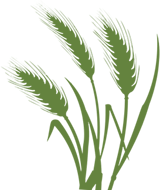
Seasonal Epidemic type (时行感冒)
The Seasonal Epidemic type cold is caused by the invasion of unseasonable Qi, presenting as an epidemic cold syndrome, often more severe than a common cold. It is caused by seasonal viruses leading to acute respiratory infectious diseases, known in modern medicine as influenza. Symptoms include sudden chills, fever, headache, and body aches. It can occur in any season, but is more common in winter and spring. The onset is sudden, spreads quickly, and is highly contagious, often leading to pandemics.
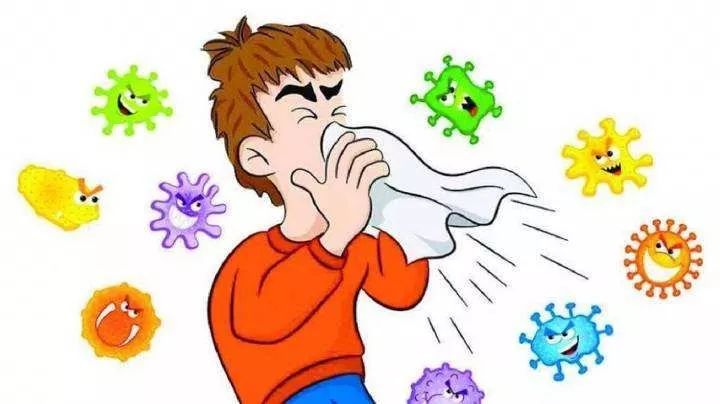

Qi Deficiency type (体虚感冒)
 The Qi Deficiency type cold is often due to Spleen and Lung Qi deficiency, making one susceptible to external pathogens. This type of cold tends to recur. Some patients may find that after recovering from a cold, they may relapse due to exposure to cold weather, insufficient warmth, or getting chilled while washing hair, bathing, or changing clothes. Clinically, the course of Qi Deficiency colds is often longer (usually over a week) and can exacerbate pre-existing conditions or lead to complications.
The Qi Deficiency type cold is often due to Spleen and Lung Qi deficiency, making one susceptible to external pathogens. This type of cold tends to recur. Some patients may find that after recovering from a cold, they may relapse due to exposure to cold weather, insufficient warmth, or getting chilled while washing hair, bathing, or changing clothes. Clinically, the course of Qi Deficiency colds is often longer (usually over a week) and can exacerbate pre-existing conditions or lead to complications.
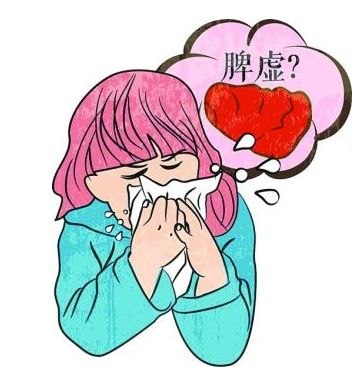
Qi Deficiency colds are mainly divided into two types: Qi Deficiency cold (气虚感冒) and Yin Deficiency cold (阴虚感冒, including Qi and Yin Deficiency cold). Patients with Qi Deficiency colds may experience fever, aversion to Wind and Cold, sweating or no sweating, dizziness or headache, limb weakness or pain, nasal congestion or runny nose, along with fatigue and weakness, and a lack of energy. Patients with Yin Deficiency colds may experience fever, slight aversion to Wind and Cold, sweating, dizziness, along with dry throat, chronic cough with little phlegm, and a red tongue with little coating and a thin rapid pulse. Patients with both Qi and Yin Deficiency colds will exhibit symptoms of both types.
Treatment Methods

Wind-Cold type cold
The treatment should focus on warming and dispersing the exterior. Commonly used herbs include Ma Huang (Ephedra), Jing Jie (Schizonepeta), Fang Feng (Siler), and Su Ye (Perilla Leaf) to disperse cold. Representative formulas include Cong Chi Tang (Scallion and Prepared Soybean Soup) and Jing Fang Bai Du San (Schizonepeta and Siler Powder). Over-the-counter medications may include Gan Mao Qing Re Chong Ji (Cold Relief Powder), Zheng Chai Hu Yin Chong Ji (Chai Hu Decoction), Gan Mao Soft Capsules, Chuan Xiong Cha Tiao San (Chuanxiong Tea Powder), and Tong Xuan Li Fei Wan (Lung-Resolving Pills). After taking the medicine, drinking some hot porridge or soup and sweating slightly can help disperse Wind and Cold.
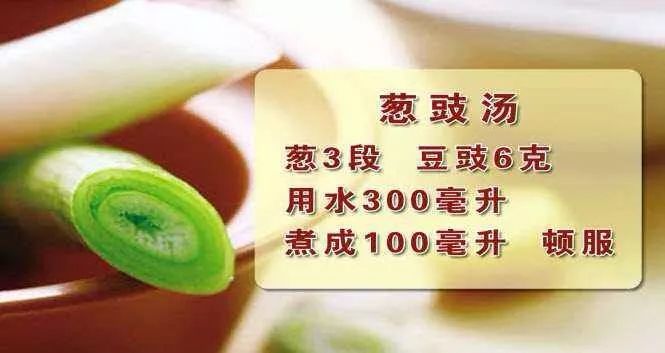
Wind-Heat type cold
The treatment for Wind-Heat colds mainly focuses on cooling and dispersing the exterior, clearing heat and detoxifying. A representative formula is Yin Qiao San (Honeysuckle and Forsythia Powder): Lian Qiao (Forsythia), Yin Hua (Honeysuckle), Jie Geng (Platycodon), Bo He (Mint), Zhu Ye (Bamboo Leaf), Sheng Gan Cao (Raw Licorice), Jing Jie Sui (Schizonepeta Flower), Dan Dou Chi (Fermented Soybean), and Niu Bang Zi (Burdock Seed). Three dietary therapies for Wind-Heat colds include:
(1) Mint Porridge (from “Song Yu Lu”): Boil mint to extract the juice, cool it, then add glutinous rice and water to cook porridge. When the porridge is nearly done, add the mint juice and an appropriate amount of rock sugar. Serve warm for best results. Mint is a key herb for dispersing Wind-Heat, and adding glutinous rice and rock sugar helps promote sweating and protects the stomach. This porridge is particularly suitable for patients with newly contracted Wind-Heat.
(2) Mulberry Leaf and Chrysanthemum Mint Drink: Mulberry leaves, chrysanthemum flowers, mint, bitter bamboo leaves, and a little honey, boiled with an appropriate amount of water, can be consumed frequently as tea. Mulberry leaves clear Lung heat; chrysanthemum disperses Wind-Heat and brightens the eyes; mint is a key herb for dispersing Wind-Heat and can quickly relieve fever and headache symptoms. This drink is also suitable for patients with hypertension or headache and blurred vision.
(3) Steamed Pear with Fritillaria and Adenophora: Take one pear, peel and core it, fill it with fritillaria, adenophora, mint, and an appropriate amount of rock sugar, then steam it in a bowl with water until cooked. Eat it in the morning and evening for several days. This remedy moistens dryness, stops cough, transforms phlegm, and clears the lungs, especially suitable for elderly and children with post-cold heat illness leading to dry throat and cough, Lung heat with yellow phlegm, or thirst and constipation.
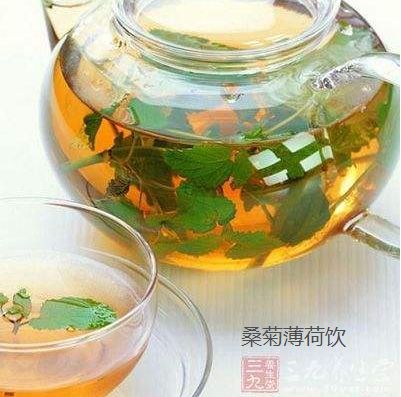
Summer-Dampness type cold
The treatment for Summer-Dampness colds mainly uses formulas to clear summer heat and eliminate dampness. Commonly used over-the-counter medications include Qu Shu Wan (Heat-Dampness Pills), Shu Shi Gan Mao Chong Ji (Summer Dampness Cold Powder), Jin Yi Qu Shu Wan (Golden Clothes Heat-Dampness Pills), Huo Xiang Zheng Qi Wan (Agastache Pills), Qing Shu Yi Qi Wan (Clear Summer Heat and Tonify Qi Pills), and Xiao Er Shu Gan Ning Syrup (Children’s Summer Cold Syrup). For Summer-Heat colds, the treatment focuses on clearing heat and generating fluids, with commonly used medications including Shu Re Gan Mao Chong Ji (Summer Heat Cold Powder), Qing Liang Chong Ji (Cooling Powder), and Yin Huang Injection (Yin Huang Injection).
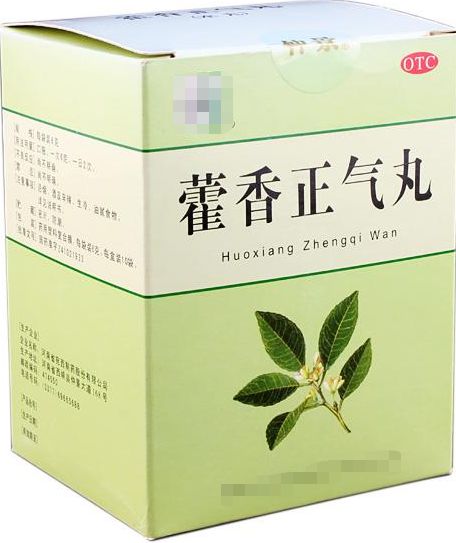
Seasonal Epidemic type (流行性感冒)
Early antiviral treatment is essential. It is important to adhere to the principles of prevention and isolation, as well as drug treatment, and to balance symptomatic and etiological treatments. Basic principles include the early use of antiviral medications, avoiding blind or inappropriate use of antibiotics, strengthening supportive care, preventing and treating complications, and rational use of symptomatic medications. Currently, the main types of drugs used clinically include neuraminidase inhibitors and M2 ion channel blockers. Neuraminidase inhibitors work by preventing the release of the virus from infected cells and invading neighboring cells, reducing viral replication in the body, and are effective against both type A and B influenza. Two varieties available in China are Oseltamivir and Zanamivir. M2 ion channel blockers inhibit the M2 protein ion channel of the influenza virus, thus suppressing viral replication, but are only effective against type A influenza, including Amantadine and Rimantadine. Patients with influenza should rest in bed, drink plenty of fluids, consume a liquid or semi-liquid diet, ensure adequate nutrition, supplement with vitamins, and rinse their mouth with warm water or saline after meals to maintain oral and nasal hygiene. When systemic symptoms are significant, anti-infection treatment should be administered.
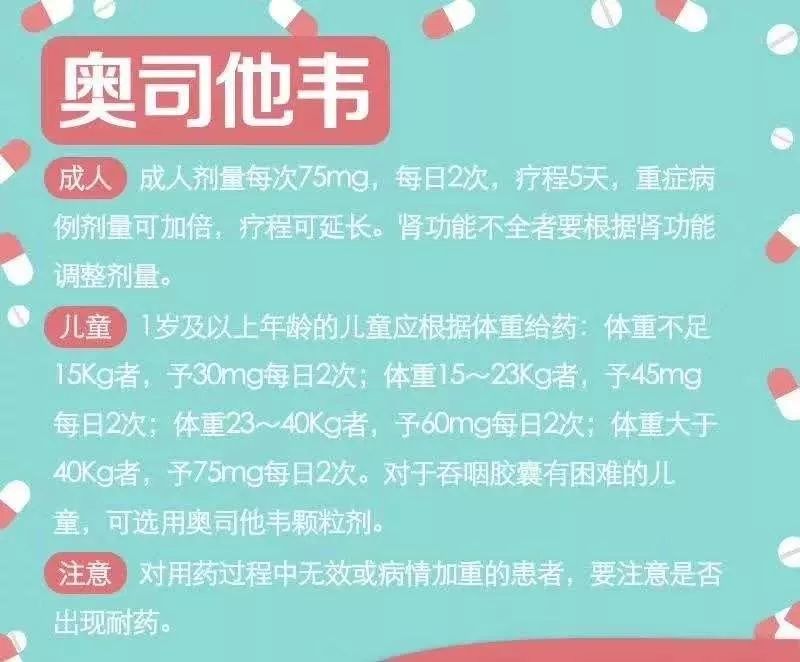
Qi Deficiency type cold
Unlike the treatment for general colds, which uses warming or cooling exterior-dispersing herbs, Qi Deficiency colds should not use strong or high-dose medications. Instead, tonifying Qi or nourishing Yin herbs should be used to support the righteous Qi. For Qi Deficiency colds, Dang Shen Jing Fang Tang (Dang Shen and Schizonepeta Decoction) can be used: The formula consists of: Dang Shen (Codonopsis) 15g, Jing Jie (Schizonepeta), Fang Feng (Siler), Chen Pi (Tangerine Peel), Jie Geng (Platycodon), Zhi Qiao (Bitter Orange), Sheng Jiang (Fresh Ginger) 10g each, Da Zao (Jujube) 15g, Gan Cao (Licorice) 3g, which has a mild dispersing effect on Wind-Cold, suitable for patients with aversion to Wind-Cold, body aches, and mild cough symptoms. Another option is Zi Su Fang Feng Tang (Perilla and Siler Decoction): The formula consists of: Dang Shen (Codonopsis), Fang Feng (Siler), Zi Su (Perilla), Sheng Jiang (Fresh Ginger) 10g each, Da Zao (Jujube) 30g, which has the effect of supporting the righteous Qi, expelling pathogens, and dispersing Wind-Cold, suitable for patients with mild symptoms or those who have not fully recovered from Qi Deficiency colds.
Thank you for reading and sharing

Compiled from:《Wind-Cold感冒》《Wind-Heat感冒》《Summer-Dampness感冒》《Seasonal Epidemic感冒》《Qi Deficiency感冒》 Baidu Encyclopedia.
Others are reading:
①Winter Solstice Health: Nourishing the Kidney and Strengthening Yang
②Call for Papers for “New Chinese Medicine and Clinical Pharmacology”!
③The first graded directory of Traditional Chinese Medicine technology journals has been officially released! “New Chinese Medicine and Clinical Pharmacology” is included in T2!
[Statement]
The copyright of the images and text belongs to the original rights holder, and this platform is for non-commercial use only. The views expressed are solely those of the author and do not represent the position of this platform. This article is published by the Traditional Chinese Medicine New Drug WeChat platform; please respect others’ labor and indicate the source “Transferred from Traditional Chinese Medicine New Drug (zyxylc)” when reposting! Please do not delete the source when copying directly!
We welcome original submissions! Submission Email: [email protected]
If this article infringes your rights, please contact us promptly for authorization discussions or immediate removal!
Traditional Chinese Medicine New Drug ∣Official Account of a Professional Journal
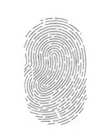 Long press to identify the QR code and follow us
Long press to identify the QR code and follow us

